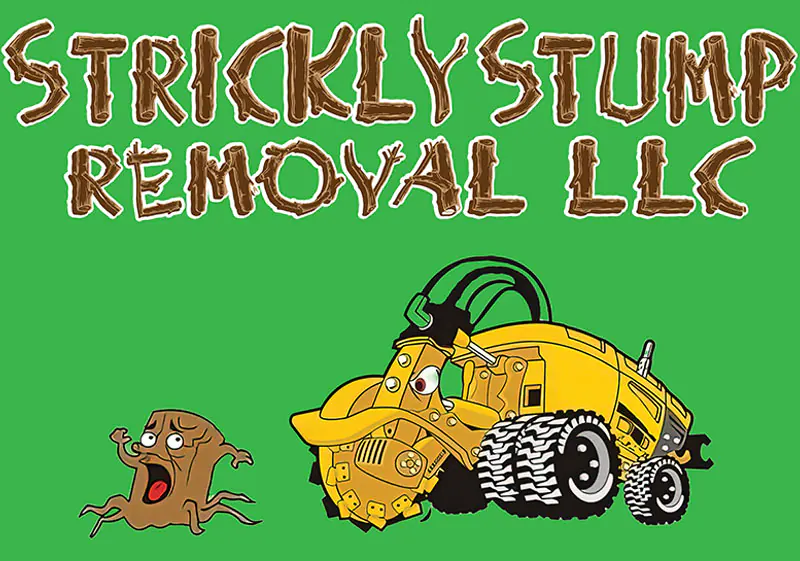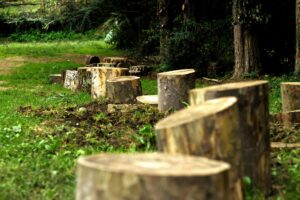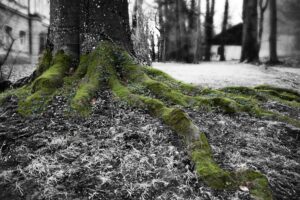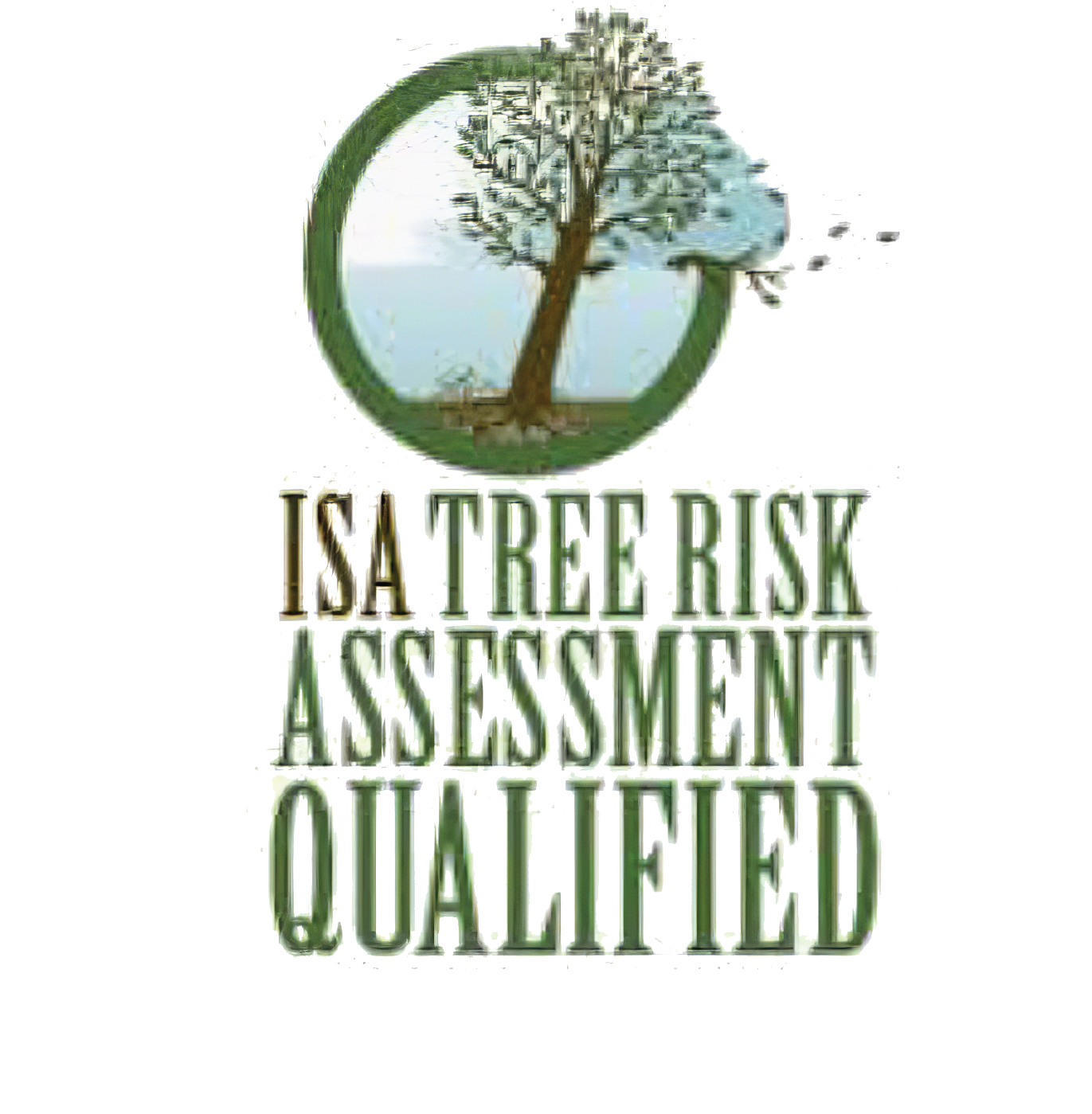Remember that dead or decaying branches or trees could fall at any moment, not only during severe weather and storms, when determining whether or not it is appropriate to have a tree in your yard removed. We advise people against attempting stump removal on their own because it can be very dangerous. You run the great risk of severely hurting persons and property if you try to cut down a tree or limb on your own. Despite the fact that you should never attempt to remove a tree yourself, there are a few indicators that will let you know if and when you need the help of a competent stump removal service near you. We understand how confusing the process of removing a dead or dying tree from your yard can be; in this blog post, we will share how to identify a tree that requires stump removal services!
Warning Signs & More: What to Watch Out For
If a tree is in danger of falling or losing a branch, you can tell in a number of ways. Here, we’ve listed some of the key indicators to watch out for to assist you in deciding whether to call local stump removal services. Ask a professional from a respectable, fully licensed, and fully insured stump removal service firm for advice if you’re unsure.
Check to see if the tree is leaning:
Find a spot where you can see the entire tree, then carefully check it for leaning. Although trees can lean naturally, it’s a good idea to get in touch with the experts if you observe that the lean is something new or if you’re not sure that the tree has had this lean eternally. A tree that is leaning may be a sign that the entire tree is dead or decaying and may soon fall.
Consider the plant life:
The condition of a tree can frequently be detected early by its leaves. Every fall, the leaves of deciduous trees change color and frequently fall. Even the leaves or needles on evergreens fall off. Because Evergreens constantly replace the lost needles, the process is less obvious. However, it is probably a warning of a problem if deciduous leaves start to turn color, wilt, or curl up before the fall season starts. Take note of how many and where leaves are changing when you see leaves dying when they shouldn’t. There is no need to be alarmed if a branch has a few dead leaves on it.
On the other hand, you should consider hiring stump removal services near you to take a closer look if you see that multiple branches or a large limb are showing the problem. Evergreen tree leaves are less prone to divulge their secrets. Look for needles going brown and falling off at the ends of branches rather than close to the trunk or lower section of the tree to tell if your evergreen needs a checkup. As tree ages, evergreen branches frequently lose their lower limbs’ leaves without replacing them, but since these are only low branches, the process should only occur close to the tree’s center.
Examine the Branches
There are three techniques to validate or refute your suspicions if you think your tree is under stress or dying and needs to be removed.
Check the limbs for any flaking or falling-off bark. Ants and other insects should be avoided. The branches are likely sick if they appear to be so.
Use a sharp tool, such as a pocket knife, to scrape at the bark of a few small, new branches from different places of the tree. A healthy tree is one whose flesh immediately beneath the bark is greenish in hue. If the flesh on several branches is dry, brown, gray, or brittle, your tree might be sick.
See if a little branch or twig bends or breaks by snapping it in half. While numerous sample breaking may indicate you need to conduct additional research to establish the health of the tree, bendy branches are a sign of health.
Examine the Bark
You can see some signals that your tree is requesting assistance by getting closer to it. A dying tree can be recognized by smooth areas of missing bark that don’t seem to be scarring over. Additionally, look for long vertical fissures on the side of the trunk or large limbs of your tree. These fissures are stress indicators that may appear following an intense wind event or a dramatic shift in the weather pattern.
While you’re there, check the rest of the tree and the cracks, crevices, and areas without bark for holes made by boring insects or carpenter ants. Additionally, keep an eye out for any signs of fungi, such as mushrooms, or fibrous filament growth. Any of these circumstances call for stump removal services near you to determine whether the tree can still be saved.
Conclusion
When we have to say goodbye to a cherished tree, it is a sad day. Nevertheless, retaining a dead tree poses a threat to our houses, our neighbors, and ourselves. Seasonal tree pruning and branch removal are common DIY projects. However, for trees at risk of falling, it’s crucial to call professional stump removal service providers.
Dead trees have the potential to tumble over unexpectedly, shed branches, or otherwise harm people or cause significant property damage. Homeowners’ insurance may require tree removal for risk coverage as the tree nears the end of its useful life. Act promptly to ensure compliance and safety. Identify trees needing removal through observations of leaning, plant life, and bark. Examine branches for clues to ensure safe and effective tree removal.
Safe tree removal calls for in-depth training and specialized equipment that is not easily accessible to householders. Make contact with stump removal service professionals in your area. They have the knowledge and resources to promptly and, more importantly, safely remove the tree.















